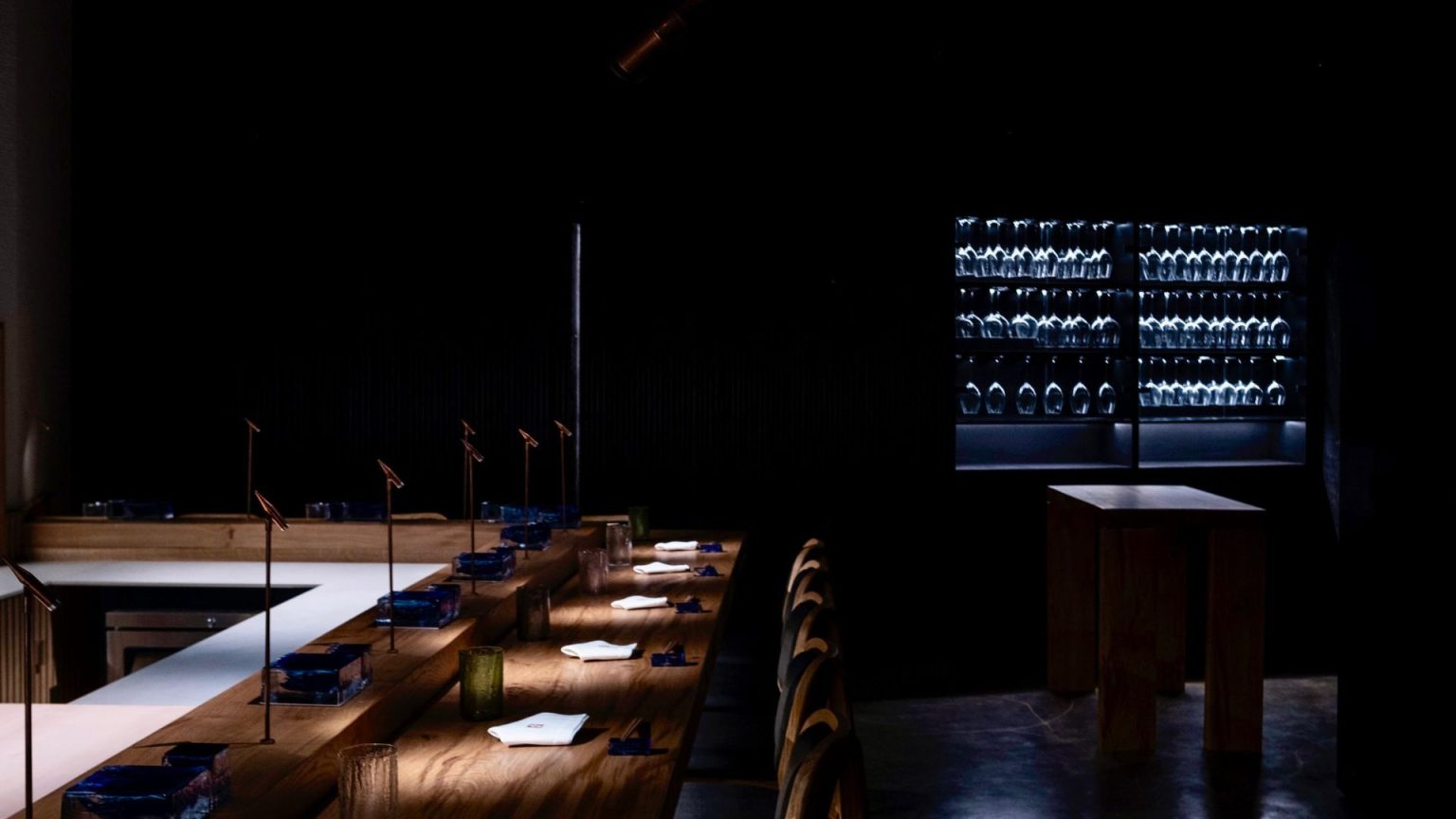Introduction to Ruri Kaiseki
Tucked away in the heart of Naples, Ruri Kaiseki is a culinary gem that offers a rarefied dining experience. The restaurant’s centerpiece is a 12-seater dining table, creating an intimate setting where guests are treated to a chef’s table experience. Here, the chef’s artistry takes center stage, with the soft glow of lighting transforming the space into a theatre-like ambiance. Each dish is crafted with precision, making the chef’s techniques a mesmerizing spectacle that complements the meal, setting the tone for a memorable evening.
Location and Architectural Vision
Nestled near Piazza dei Martiri, Ruri Kaiseki is the brainchild of renowned architect Takeda Katsuya, whose journey from Kumamoto, Japan, to Italy in 1998 laid the foundation for this project. Katsuya’s design philosophy, "Design Atmosphere," seeks to evoke emotions through form and material. His Milan-based studio masterfully blends traditional and contemporary design, evident in Ruri Kaiseki’s sophisticated ambiance that reflects both Japanese elegance and Neapolitan charm, achieving a harmonious cultural fusion.
Design Elements and Ambiance
The restaurant’s design is a meticulous blend of Japanese minimalism and Italian sophistication. The entrance features a Koushi-Do lattice, while sliding doors adorned with a Noren curtain add a touch of tradition. The interior, with its dark, layered tones of noir, beige, and gray, exudes elegance. Ruri, or lapis lazuli, the stone from which the restaurant is named, adds a refined navy blue accent, symbolizing beauty and purity. Each dish is presented on Ruri stone, enhancing the dining experience with its deep, rich hue that connects to Naples’ Mediterranean soul.
Cultural Blend and Material Choices
The dining area, spanning 80 square meters with soaring 6-meter ceilings, combines traditional Japanese elements with Italian materials. The wooden counter, inspired by Japanese Nō theatre, pairs with Neapolitan tuff, echoing the traditional Oya-Ishi stone. Subtle lighting integrated into the counter highlights the culinary artistry. Materials like burnt pine, reinterpreted for interiors, blend Japanese tradition with modernity. The resin concrete flooring, with its visible cracks repaired using the Kintsugi technique, transforms imperfection into art, symbolizing resilience with gold-dusted cracks, underscoring the beauty of imperfection.
Symbolism and Ambiance
The use of Ruri stone and Kintsugi reflects deep cultural symbolism, with Ruri embodying purity and the Kintsugi technique celebrating longevity and resilience. The space, with its dark tones and strategic lighting, creates a sanctuary for reflection and connection. Intimate conversations thrive here, making it a haven for both gastronomic exploration and meaningful engagement, where every detail, from the crack in the floor to the chef’s precise movements, leaves a lasting impression.
Conclusion: A Gastronomic Journey
Ruri Kaiseki transcends mere dining, offering a sensory journey that melds culinary art with design. Each element, from the chef’s techniques to the architectural nuances, contributes to a space where every moment is savored. It’s a testament to the fusion of two cultures, creating a sanctuary for those seeking a profound and intimate dining experience in the heart of Naples.
